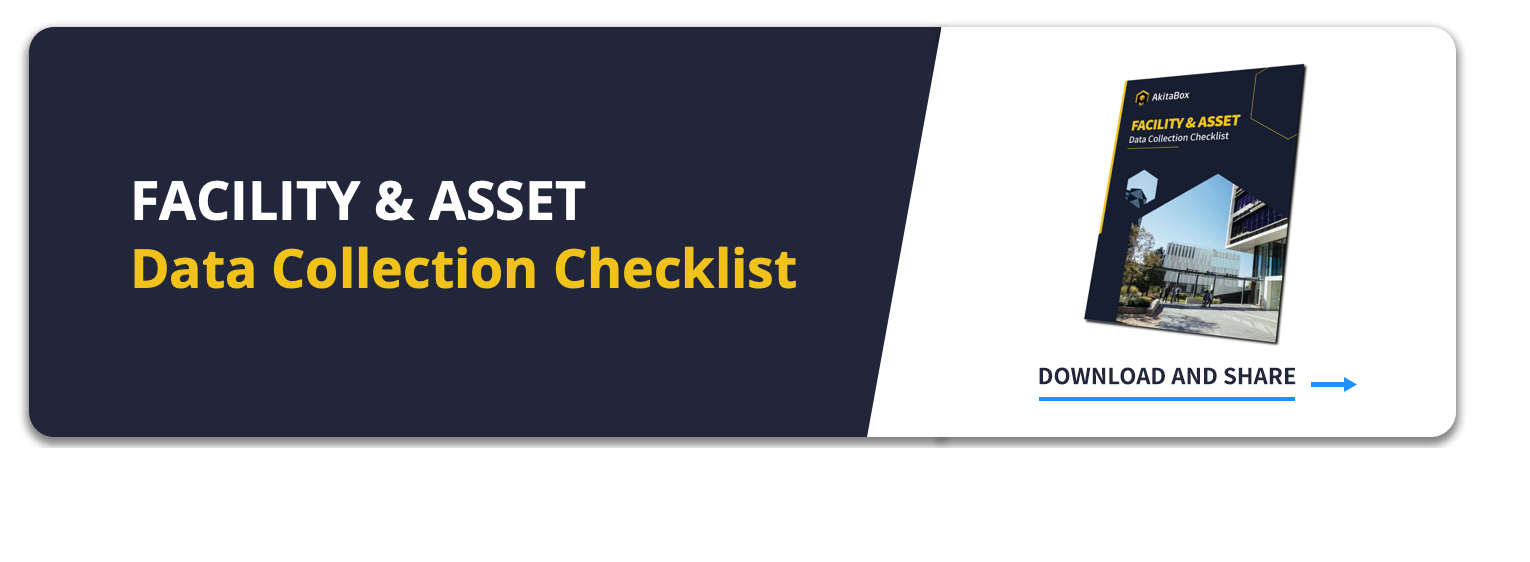How to Use Data to More Effectively Manage Your Facility’s Lifecycle
Let’s face it: facility data could be better. Building owners are often still using spreadsheets to track lifecycle data because that’s the way they received it at handover. While there’s a desire to move to advancing technology platforms, facilities teams are often trapped in a cycle of buying good data through facility condition assessments (FCAs), which then become stale over time, requiring another FCA a few short years later.
Good capital planning software and a solid capital plan are key to keeping data refreshed, but it takes work and vision to get to that point. We recently brought together a panel of three experts to discuss this in a recent webinar co-produced with Facility Executive magazine, “From Cradle to Grave: Use Data to More Effectively Manage Your Facility’s Lifecycle.” The 3 panelists have a combined 58 years of experience between them:
- Josh Lowe (co-founder and Chief Solutions Officer for AkitaBox)
- Ron Kramps (Facilities and Infrastructure Asset Management Practice Director for ALPHA Facilities Solutions)
- Nic Guedenet (Vice President of Operations for Hines Building Maintenance)
Here’s what they had to say about nourishing your facility lifecycle. To watch the full webinar, head here.
Develop a Capital Planning Mindset
Your capital planning mindset starts with understanding that facilities and their systems are assets that have value and need to be managed properly for long-term success. Having a capital planning mindset isn’t limited to large organizations. Any facility leader who understands their facility data is business data is headed in the right direction. This means keeping facility data current and utilized during the lifecycle of its systems as well as communicating with stakeholders. It also means understanding that each asset in a facility has a purpose or mission, and that a facility team is essential in ensuring that an asset fulfills it.
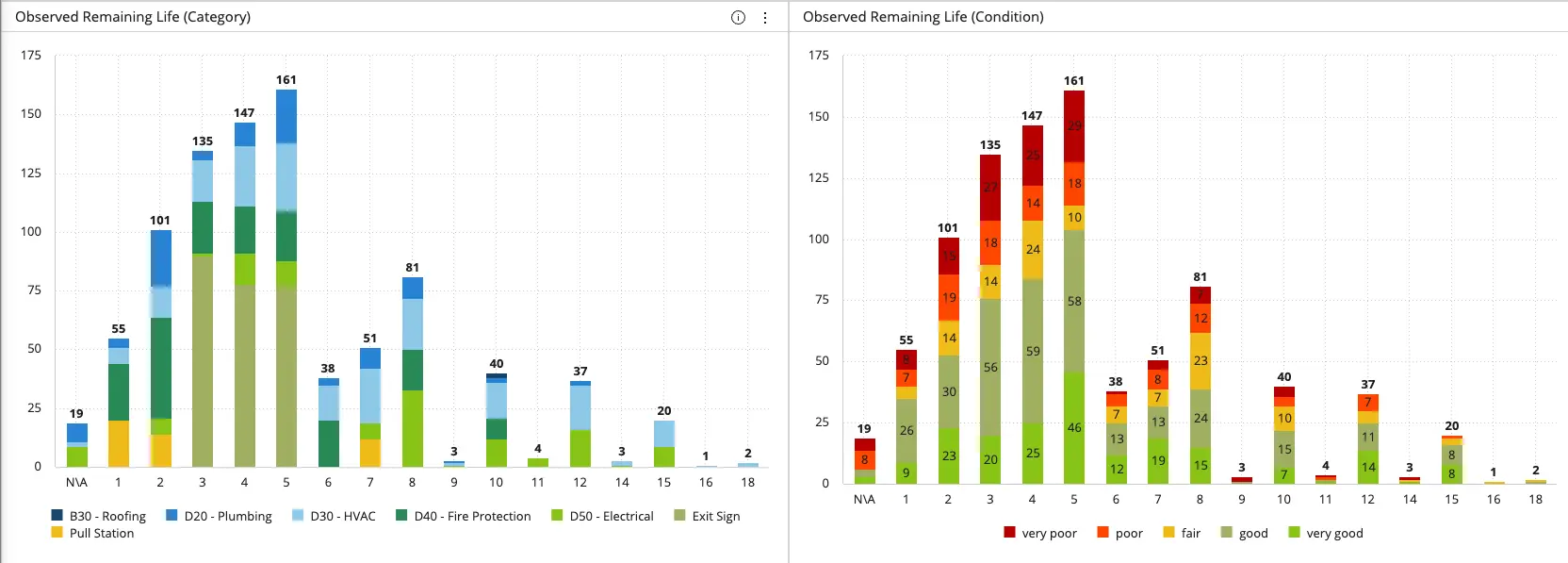
An intuitive way to look at healthy facilities data is as a matrix: on one side is your facility and its list of systems, and across the top is year-by-year the remaining service life of each of those systems. Ideally, you know when a system is going to age out and what it’s going to cost to replace it. This information is constantly fed by the maintenance logs, work orders, preventive maintenance programs, and everyday updating of the information that your facilities team enters.
It’s Okay to Crawl Before You Run
When you want to upgrade the quantity, quality, and integration of your facilities data into a single data solution, it can be easy to get excited about what you’ll be able to do with all that new information. This can often lead to “aspirational RFPs” where building owners/operators ask for everything and the kitchen sink in their bids for a data solution. The unintended consequences of this kind of all-reaching RFP can be cost prohibitive and delay the bid negotiation process.
Though there’s nothing wrong with the vision of the all-inclusive, all-integrated system, getting there is a step-by-step process. Start by prioritizing what’s most important to have in a facilities management system based on the maturity of your organization:
- Crawl: Do you have a good handle on the inventory of assets you own? If not, starting with a complete, location-based inventory of your assets is the way to go.
- Walk: You’ve got a preventive maintenance program based on your current inventory of assets, but how solid are your preventive maintenance processes? If you’re constantly in a pattern of reactive maintenance, start with data that supports preventive maintenance. Preventing downtime extends the lifecycle of an asset and upholds its mission in serving your business goals.
- Run: If you have complete asset inventories and a robust preventive maintenance program, you’re ready to run. It’s time to integrate your data into capital planning software.
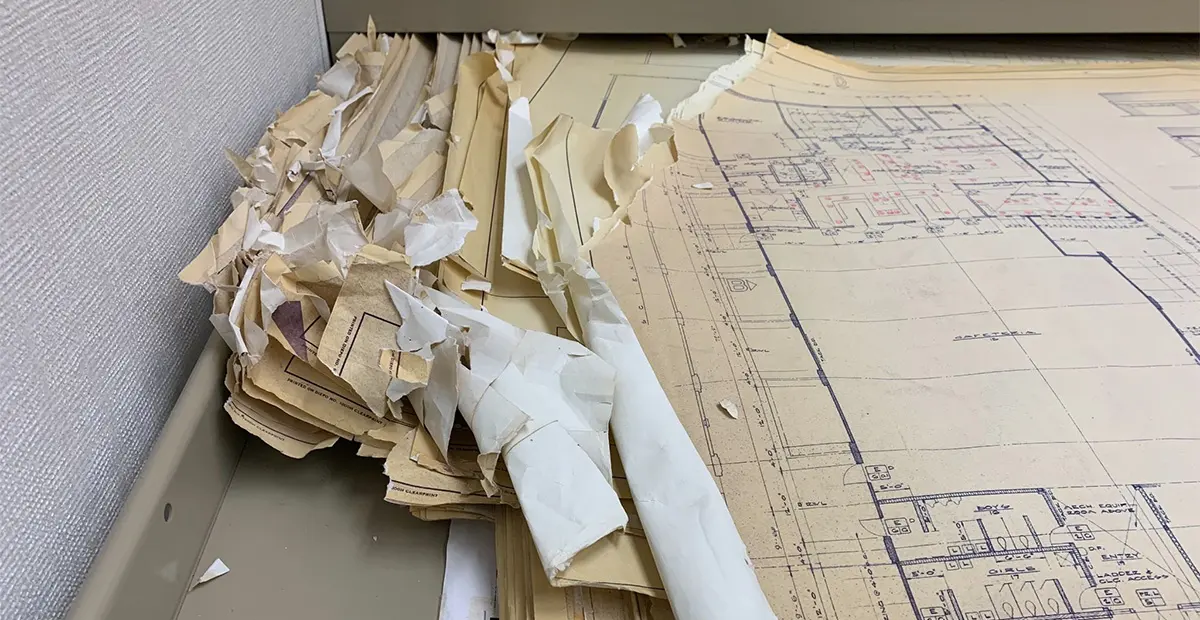
Move Away from Cyclical Data
When you postpone collecting and maintaining your asset and condition data until you implement an ideal FM system, your data will get so far behind it’ll lose its value. So, how can you move away from cyclical planning towards ongoing stewardship of facility data?
- Understand how complete your current data is. Is everything identified and named in a consistent format, for instance?
- Meet with the leaders and stakeholders that will use your facility data in pursuit of the organization’s overall goals. This includes everyone from the CFO who will use the data for capital planning all the way to the technician who will be maintaining an asset. Understand what is important to them to drive your priorities in the data you collect. Tip: Consulting resources such as ISO 55,000 and the American Public Works Association can help you frame the conversations with your organization’s leaders.
- Show your staff how the data creates information and open their eyes to the ways in which processes are data-driven. Everyone in the organization has a role to play in supporting the data set.
- Assign stewards from your staff for subsets of data. For instance, you’ll want a lead asset manager who’s responsible to keep the data current and assign team members to keep specific sections of data current, such as the HVAC.
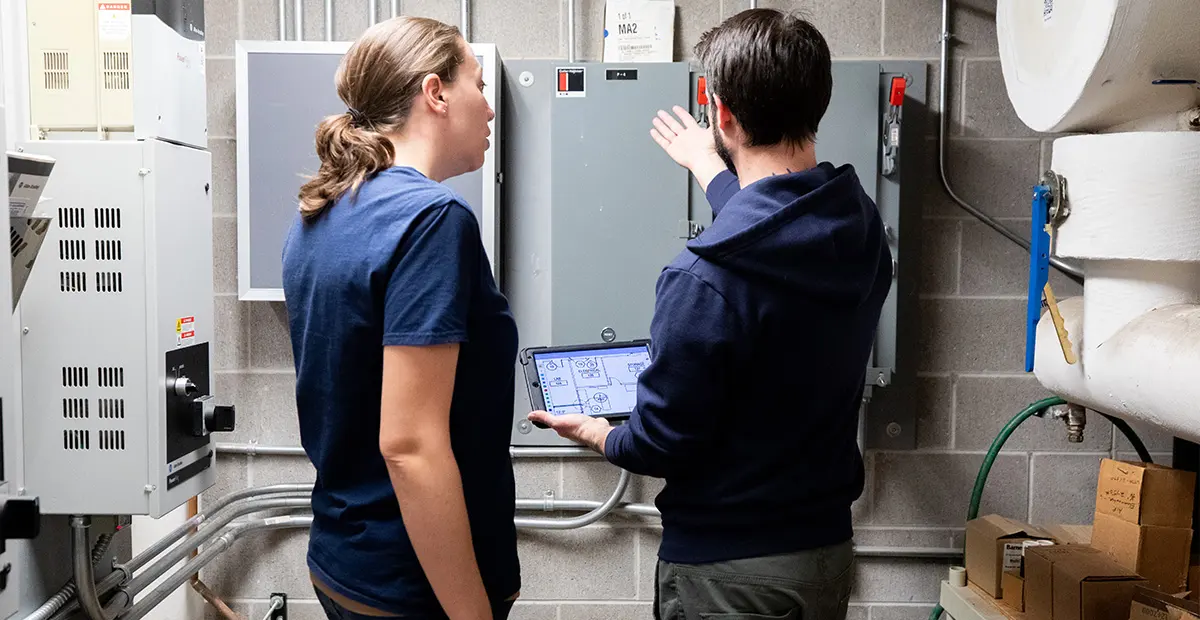
Trust But Verify Your Data
While digital data provides valuable insights, it’s only as good as the updated information entered by your facilities team. Your condition data is dependent on your “boots-on the-ground” staff recording their observations and completed tasks. This adds valuable insight to determine preventive maintenance, use patterns, weather impact, and other factors.
For example, there’s a significant difference between looking at a photo of a flat roof from a drone versus being able to feel the give or the slight movement in the structure that could indicate a problem. Make sure you empower your facility team; reinforce the value of their work for providing high data quality.
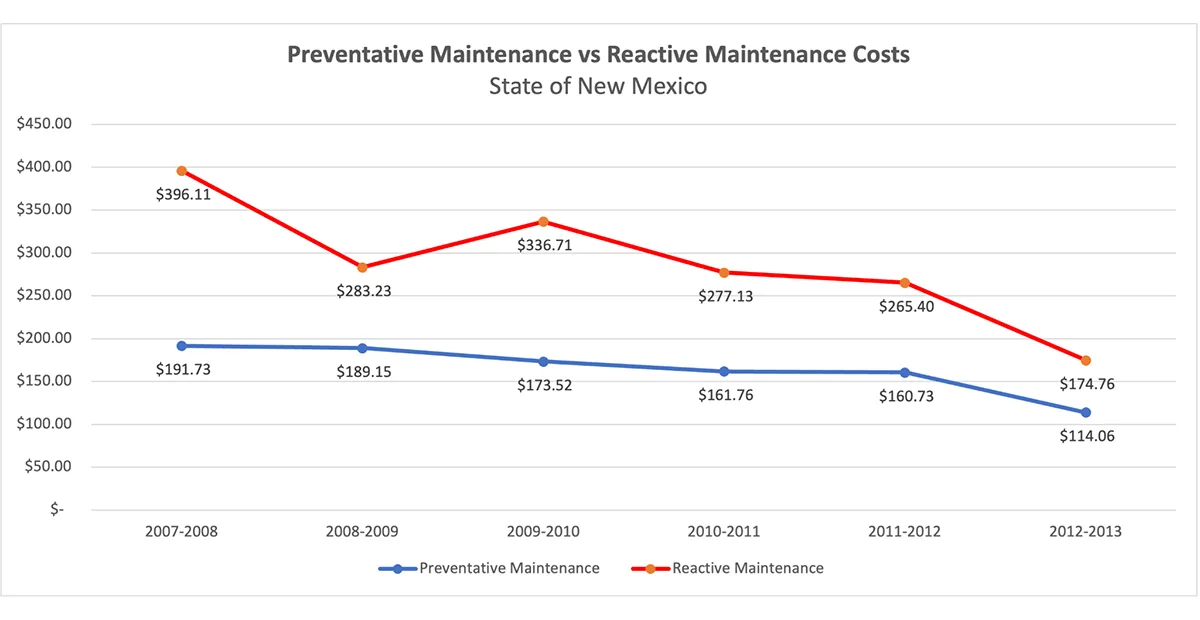
Moving Toward the Future of Your Facility Data
You need your facility data – the photos and the numbers – in a format that shows the expected lifecycle of the asset and the cost to replace it. This bridges the gap in capital planning between the facility and the boardroom. With the collection of subsets of data and real-time updates, you move closer to automating your systems so you’re free to focus on bigger decisions. Whether you’re crawling, walking, or running at this point, it’s never too late to get moving in the right direction. The facilities data experts at AkitaBox can help you get on track. Let us show you how.
